Indigenous Governance Database
fisheries habitat restoration
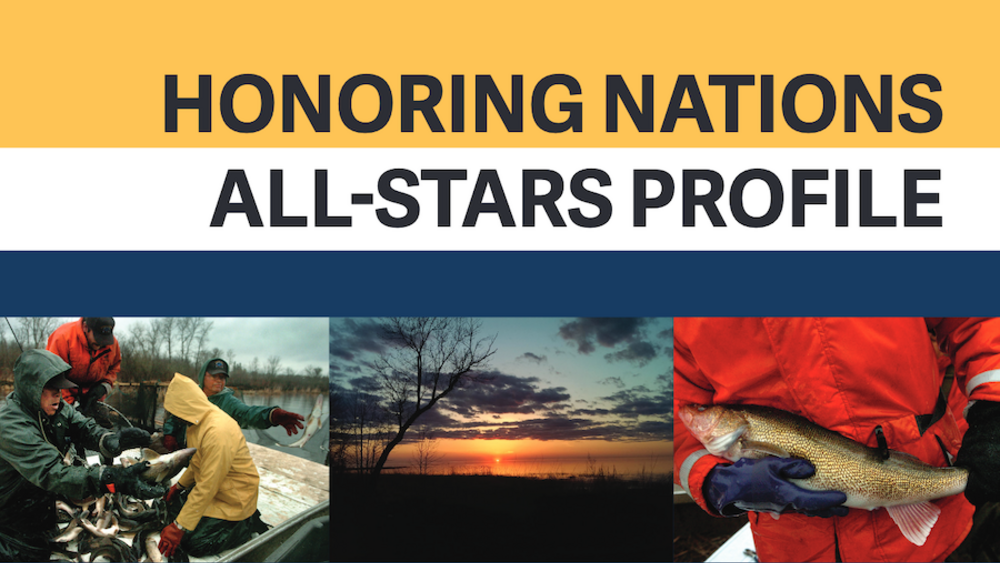
Honoring Nations All-Stars Profile: The Red Lake Walleye Recovery Program
In 1997, the members of the Red Lake Fisheries Association (RLFA), a cooperative established by com-mercial fishermen from the Red Lake Nation,1 voted to discontinue all commercial gillnet fishing on Red Lake for the upcoming season. An overwhelming majority of the RLFA’s members supported the…
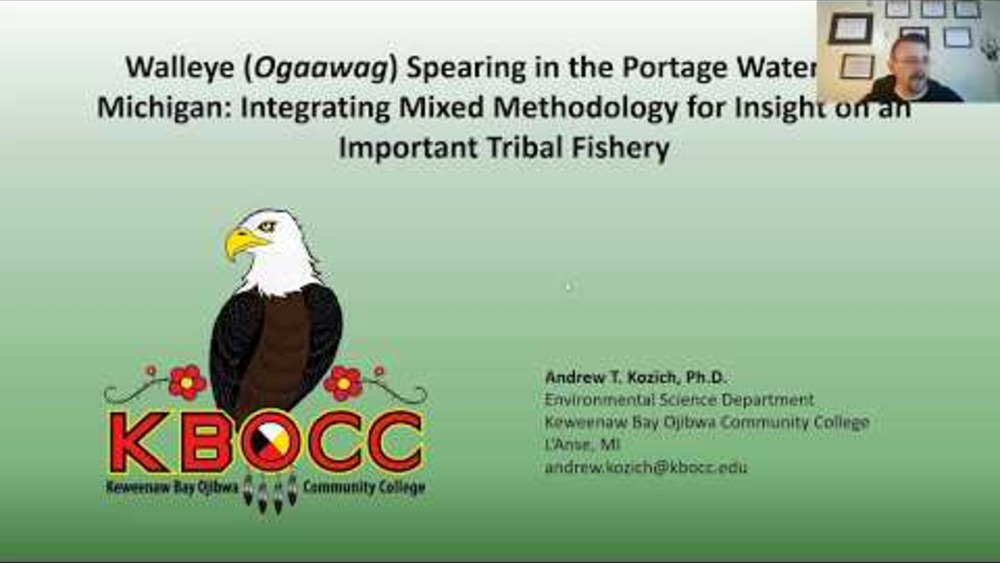
Water in the Native World Webinar Series: Walleye Ogaawag Spearing in the Portage Waterway, Michigan: Integrating Mixed Methodology for Insight on an Important Tribal Fishery
“Water in the Native World,” a special issue on tribal water research was just released by the Journal of Contemporary Water Research and Education. This is the second time, Dr. Karletta Chief, the PI of the Community Engagement Core of the University of Arizona Superfund Research Center (UA SRC)…
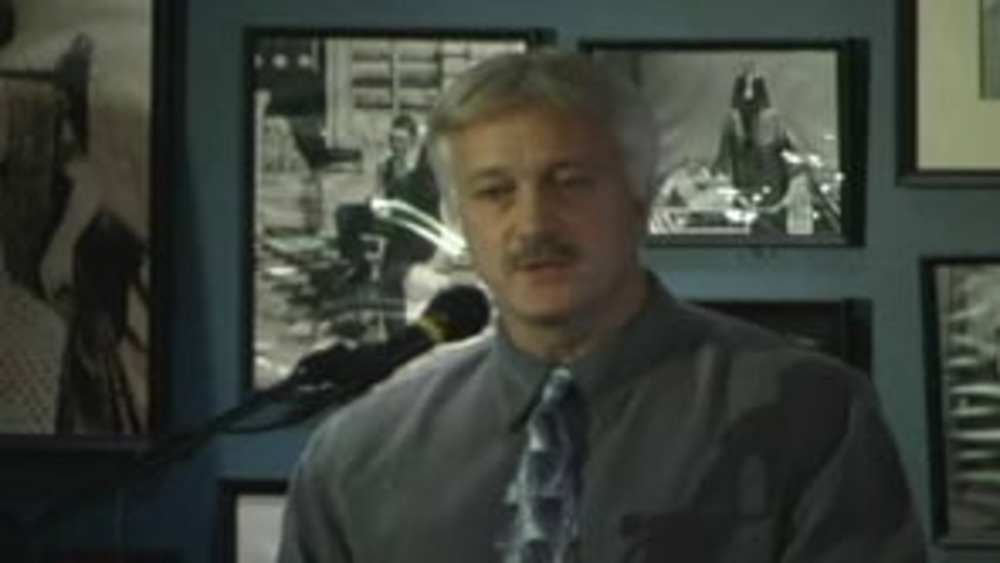
Honoring Nations: Rick George: The Umatilla Basin Salmon Recovery Project: Building on Success
Rick George, former Program Manager for Rights Protection and Environmental Planning with the Confederated tribes of the Umatilla Indian Reservation, shares what he sees as the foundational characteristics of the Umatilla Basin Salmon Recovery Project and other examples of successful,…
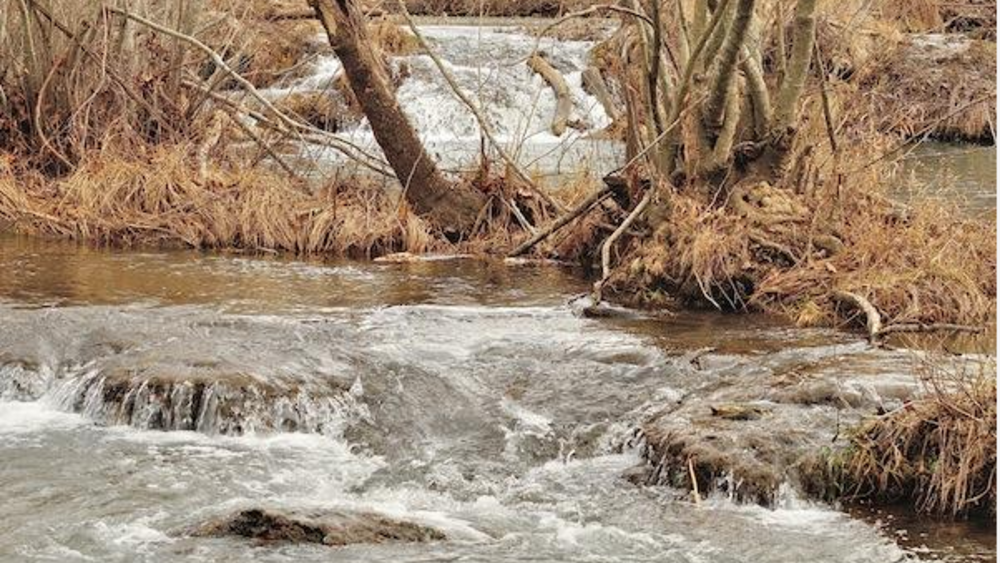
Chickasaw Fishery Saves Endangered Species While Sustaining Fishermen and Tourism
Nothing elevates the hope and heart rate of an angler more than hearing that first predawn “ZWIIINNGGG” of a casting reel as fishing line slices through the early morning air and the lure plops into the water. Whether it’s the first or last day of the season, fishermen hope that is a dinner bell…
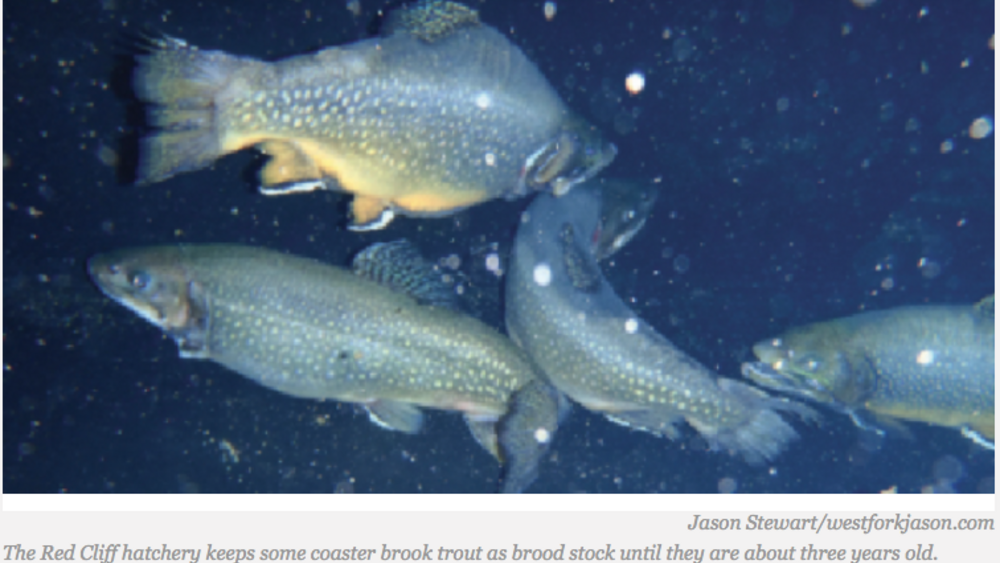
Investing in Fish, Preserving Red Cliff Culture
Small fingerlings roiled the water in the translucent plastic tubs placed before ready volunteers in the Red Cliff tribal fish hatchery at Wisconsin’s northern edge. The agitated three- to six-inch coaster brook trout–known as fry–made the water appear to be boiling. A mild anesthetic was added and…
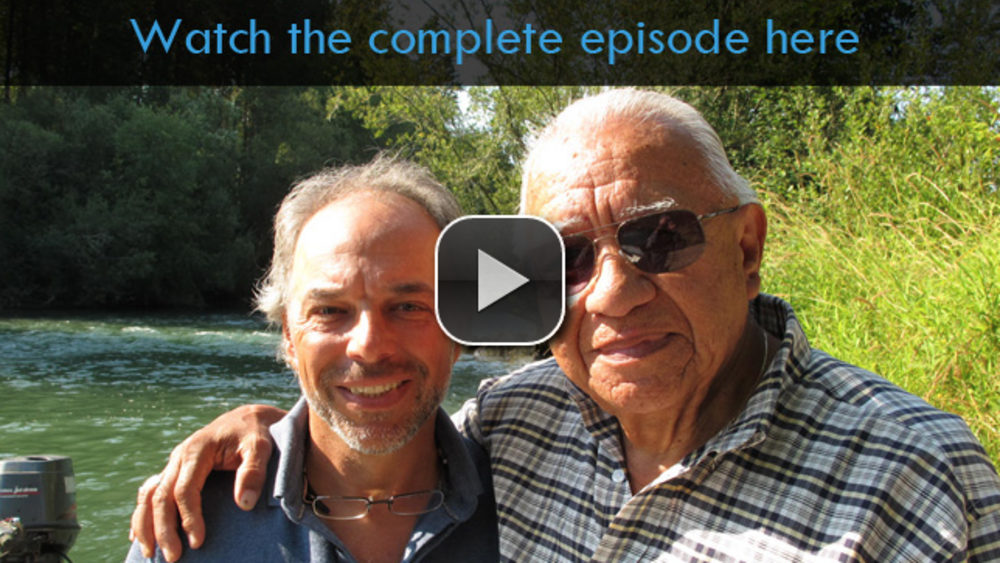
Saving the Ocean: River of Kings, Part 1
An unusual coalition of tribal leaders, private partners and government agencies is working to restore Washington's Nisqually River from its source in the glaciers of Mount Rainier to the estuary that empties into Puget Sound. Led by the Nisqually tribe, the restoration aims to fill the river once…
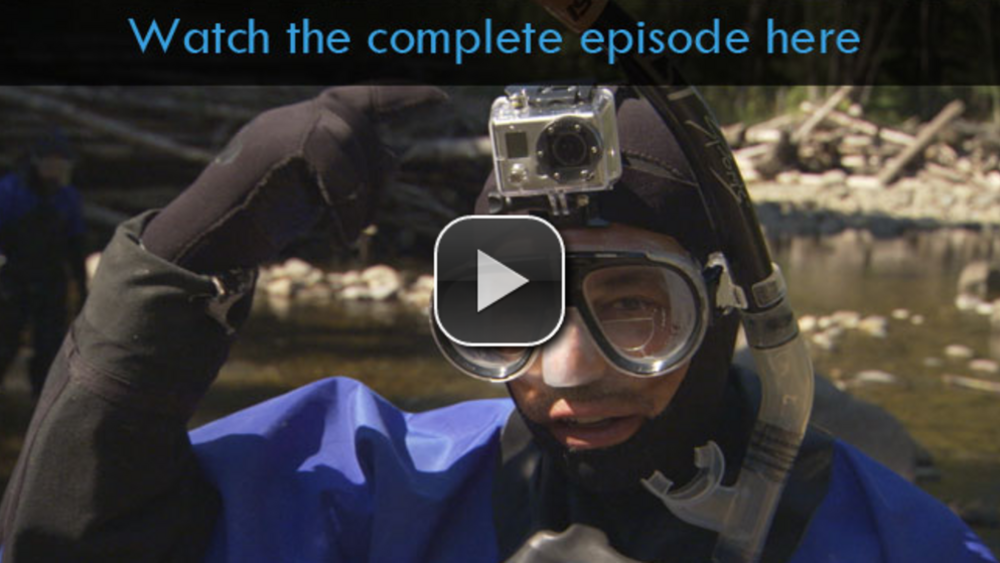
Saving the Ocean: River of Kings, Part 2
An unusual coalition of tribal leaders, private partners and government agencies is working to restore Washington's Nisqually River from its source in the glaciers of Mount Rainier to the estuary that empties into Puget Sound. Led by the Nisqually tribe, the restoration aims to fill the river once…
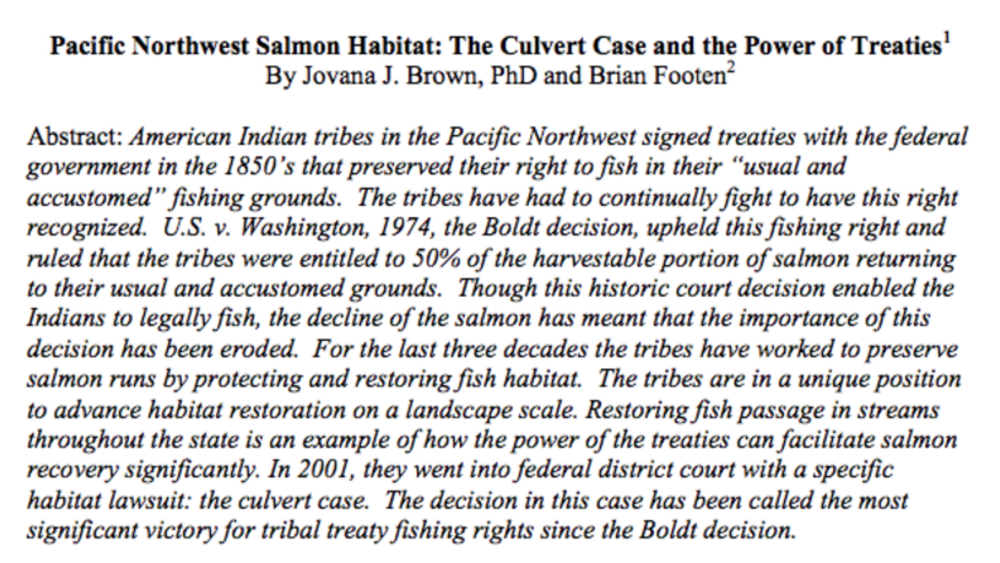
Pacific Northwest Salmon Habitat: The Culvert Cases and the Power of Treaties
American Indian tribes in the Pacific Northwest signed treaties with the federal government in the 1850's that preserved their right to fish in their "usual and accustomed" fishing grounds. The tribes have had to continually fight to have this right recognized. U.S. v. Washington, 1974, the Boldt…
